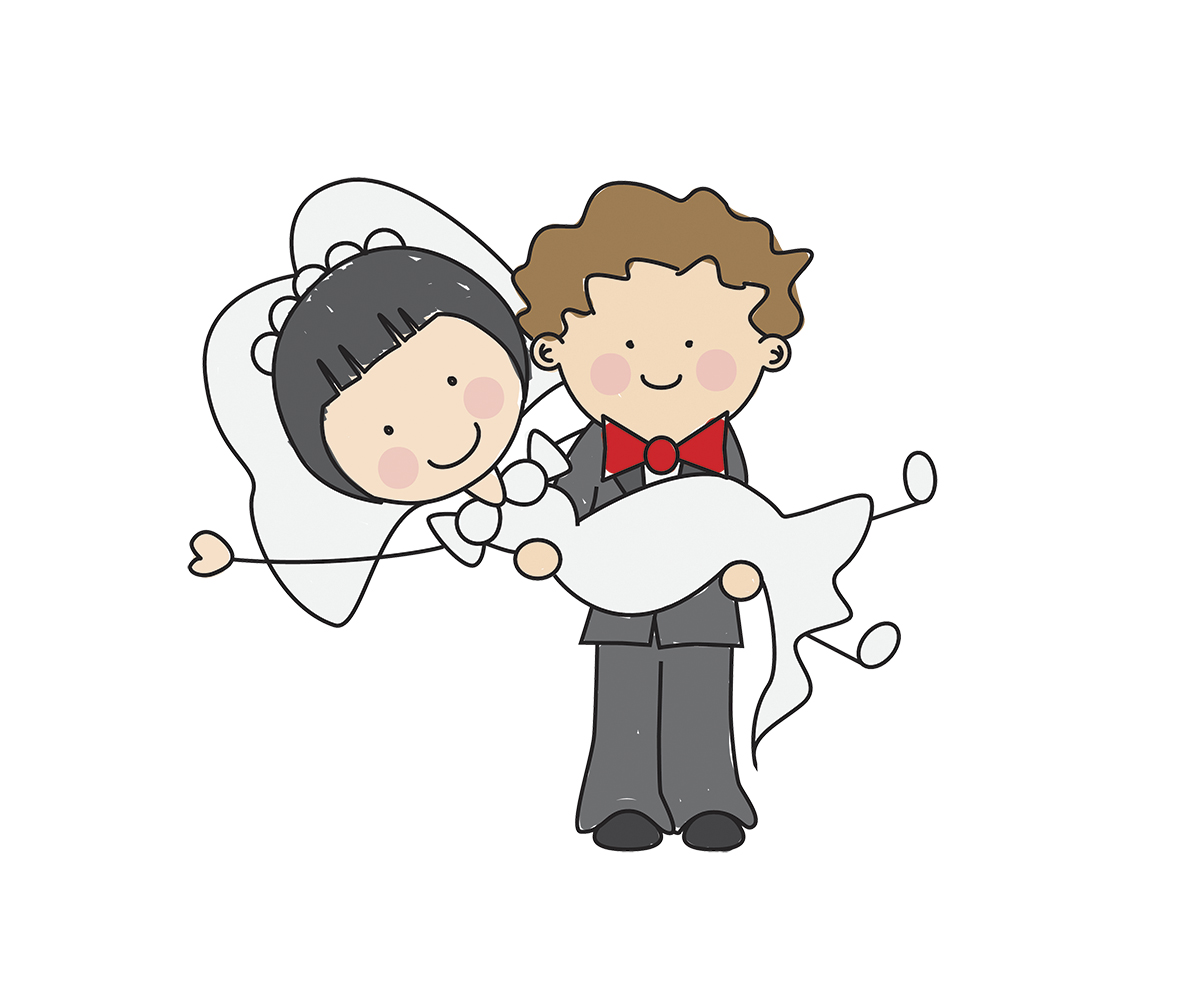WRITER | KIM HYTINEN
Patterns are everywhere – in architecture, landscaping, interior design, and even in our interactions with other people, animals, and the environment we share. It’s easy to overlook them because they blend into the fabric of everyday life. In design, repetition and correlation are intentional and offer aesthetic value. But in our lives, patterns play a more significant role than we often realize, especially those found in behaviors that impact society as a whole. When we are aware of patterns in design, it is almost impossible to not see them. The same is true for recognizing them in real life – and sometimes they lead us to uncomfortable truths about the people we love and the environments we create.
It’s a curious thing, the connection between a person and an animal. People love animals. With heart and home, we welcome them into our lives, building trust and creating familial-like bonds. There isn’t much we wouldn’t do for the animals we love. They, in turn, teach us so much about ourselves by the way we treat and care for them. These relationships leave imprints on us, especially as children, which are meaningful to the way we develop emotionally and mentally. Over time, studies have shown that a person’s behavior toward animals is often an indicator of how that individual will interact socially in the future.
“Humans are connected to nature,” explains Petra Pepellashi, board member of Animals & Society Institute (ASI), an Ann Arbor-based nonprofit dedicated to creating safer and more compassionate communities for animals and people. “Everything we do has an impact on them.”
Although officially established as ASI in 2007, the organization was known for 38 years as Psychologists for the Ethical Treatment of Animals (PSYETA). According to Ivy Collier, executive director of ASI, its mission is to advance human knowledge to improve the lives of animals.
“We offer an abundance of resources such as two academic journals, trainings, seminars, newsletters and more to support our mission,” says Collier. “We also help to establish and improve scholarly programs at institutions of higher education.”
An entire field of degree-earning study is devoted to the human-animal relationship, with more than a century of research (especially findings within the last 20 years) indicating a direct link between exposure to animal cruelty and an increased likelihood of future violent or criminal tendencies in humans. Likewise, where domestic violence is discovered, there is a greater likelihood of animal abuse in the household as well. And, according to The Humane Society of the United States, most cases of abuse toward animals go unreported.
In a world of unpredictable events where people are urged to remain aware while in public and children are taught to recognize signs of potentially violent behavior, it’s natural to want home — the one place we seek refuge — to be a haven for our families and pets. But a closer look at the cycle of violence tells us the warning signs actually begin there, where we take root as children. Witnessing or experiencing repeated acts of aggression and violence toward loved ones or pets as a child can lead to a lifetime of potential triggers and emotionally unstable episodes as adults.
While that news is sobering, it should also provide hope that better tools and supports for intervention at an early stage are being devised, taught, and utilized by professionals in all fields who serve the public. At ASI, this is accomplished through resources such as AniCare, an assessment program that focuses on mental health assistance for people who have abused animals. Two AniCare programs exist, one for adults and the other for adolescents under 17. Both work by identifying patterns of behavior between people and animals, which often show up in homes with incidents of domestic violence, with an emphasis on the person’s need to acknowledge their accountability for the acts.
“Animals are part of our everyday life, whether we know it or not. Humans are connected to nature. We love nature, and we love animals, says Pepellashi. “But every community has incidents of animal abuse. Every community has people who are violent. And policy is always based on research.”
Advocating for effective policy to protect animals is just one reason programs like AniCare, scholarly research, and supporting the work of organizations like ASI are so important. Next year, the organization plans to roll out an Animals & Public Policy program. But the scope of work doesn’t end there.
Supporting academics and those in the social work professions — and giving researchers a place to publish their findings — is also a huge part of what ASI does. Additionally, it is responsible for an international human-animal studies program and an intensive summer seminar that creates mentorship opportunities for students working on dissertations and other scholarly works. Not all of this research is focused on the dark side of human-animal relationships; plenty of research is devoted to the benefits of such connections and improving the environments we as humans create for the betterment of all species.
“When we create environments that invite animals in – whether it’s butterflies, deer, or household pets – we open our hearts and our minds,” says Pepellashi. Being aware of the impact our designs, patterns, and actions have on the world around us is key to treating animals ethically. People and animals can share incredible bonds. And that begins at home.
Animals & Society Institute
(734) 677-9240 l AnimalsandSociety.org








